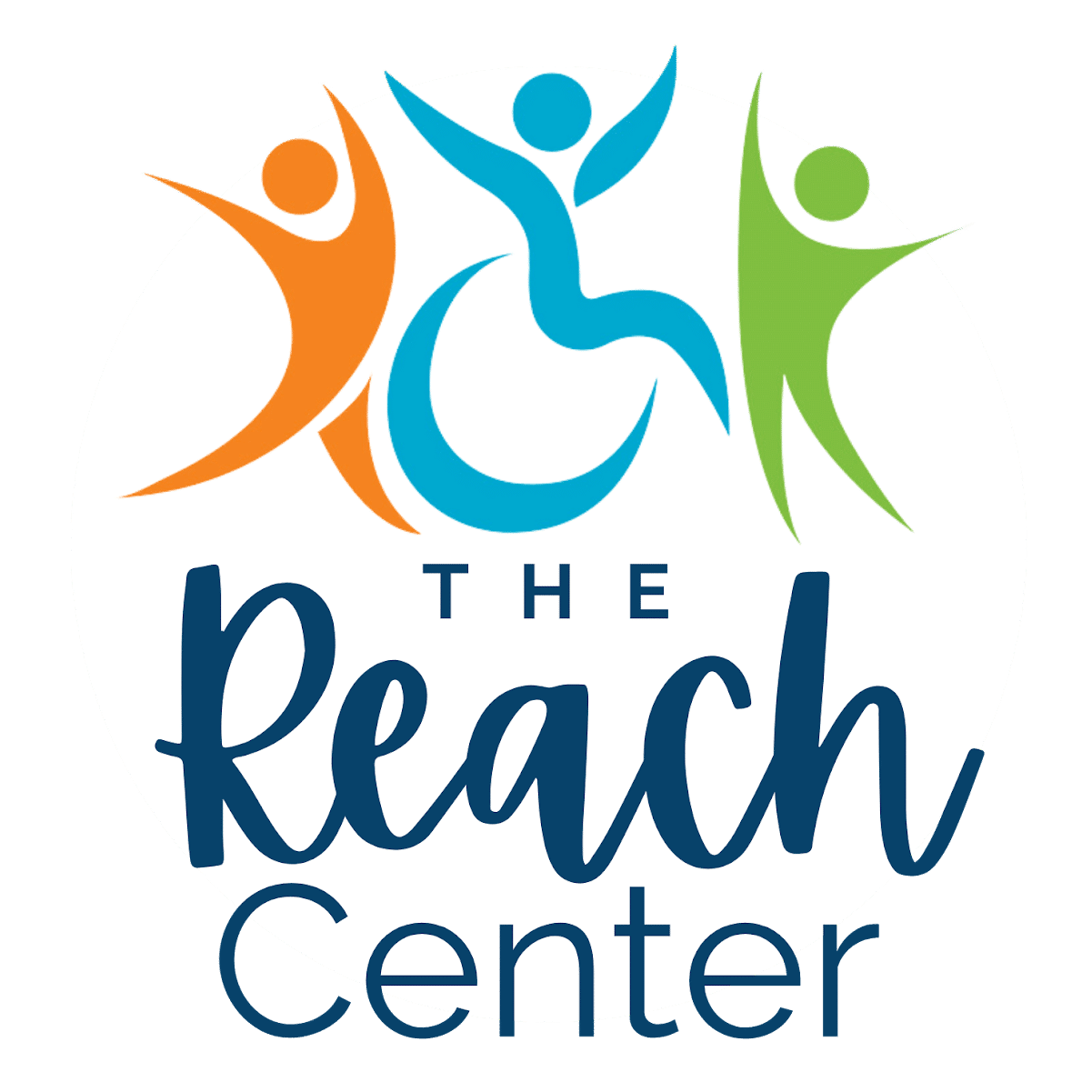Cerebral palsy or CP is the most common physical disability in children, affecting about 1 in every 300 births. It is a neurological disorder caused by an injury or illness to the brain that causes lasting damage and disability. It affects muscle control and body movement. The symptoms will vary from one person to another, but the condition can affect everything from basic motor skills such as walking or sitting up straight to more complex tasks like writing.
Boys are more likely to be affected than girls, and the majority of cases are diagnosed within the first three years of life. Common causes include prematurity and resultant bleeding in the brain, lack of oxygen to the brain, malformation of the brain, stroke, traumatic brain injury and infection.
Causes of CP
Cerebral palsy is caused by damage to the brain before, during or after birth within the first few years of life. The most common causes are problems with the prenatal blood flow to the baby’s brain, infections such as meningitis or encephalitis and head injuries. It can also be caused by bleeding of delicate blood vessels in premature babies, stroke, infection (both congenital or in the first few years of life), lack of oxygen at birth, malformation of the brain during development or even injury in early childhood.
Symptoms of CP
Symptoms vary from child to child. Some children have only mild problems, while others have more serious disabilities. The symptoms may include:
- Difficulty walking, running or jumping
- Tight or stiff muscles
- Problems with balance or coordination
- Difficulty speaking or swallowing
- Tremors or involuntary movements
- Seizures
- Difficulty using arms and hands for things such as handwriting
Treatment of CP
There is no known cure for cerebral palsy, however there are treatments available to help children manage their symptoms. With early diagnosis and treatment, children with CP can have a positive quality of life. The treatments prescribed will vary depending on the severity of the child’s condition. Some common treatments include:
- Physical therapy – Exercises and activities that help improve the child’s strength, range of motion, mobility, positioning and comfort
- Occupational therapy – Focusing on helping the child develop skills needed for everyday activities such as dressing, bathing, toileting and feeding as well as use of the hands for activities such as play and writing.
- Medication – Medications to help control seizures, high muscle tone, muscle spasms or other problems.
- Surgery – If a child has high muscle tone, movement disorder or other complications such as contractures that cannot be treated with medication or therapy, surgery may be helpful.
- Equipment – Walkers, wheelchairs and crutches to help with mobility and positioning.
- Bracing – Orthotics for the arms or legs to help with walking and positioning.
- Technology – Communication devices for alternative communication.
Parents of a child with cerebral palsy should work closely with their child’s doctor to come up with the best treatment plan. There is no one answer that fits every child, so it is important to tailor the treatment plan to meet the individual needs of the child. With the help of a qualified team of professionals, children can lead happy and productive lives.
